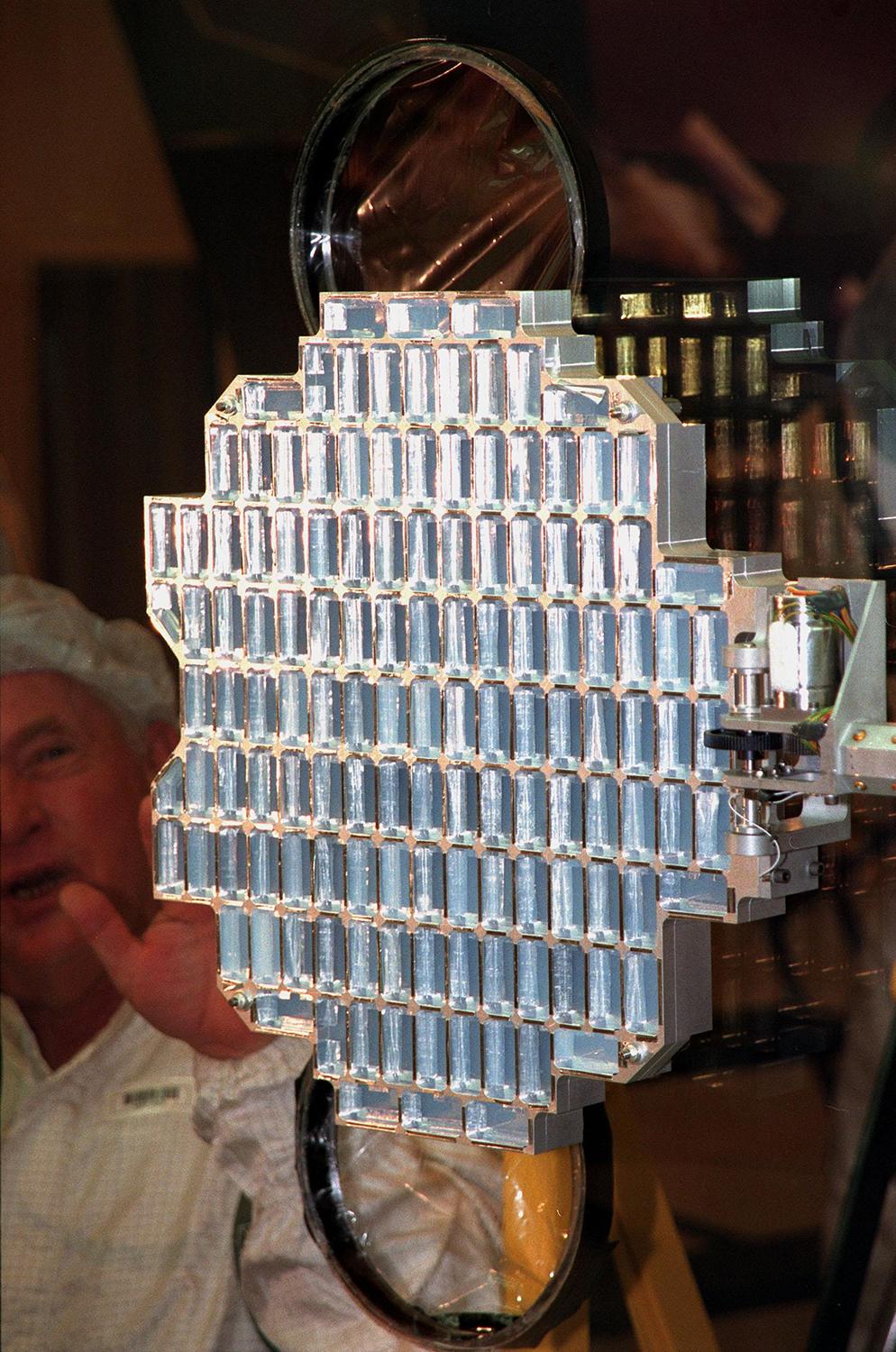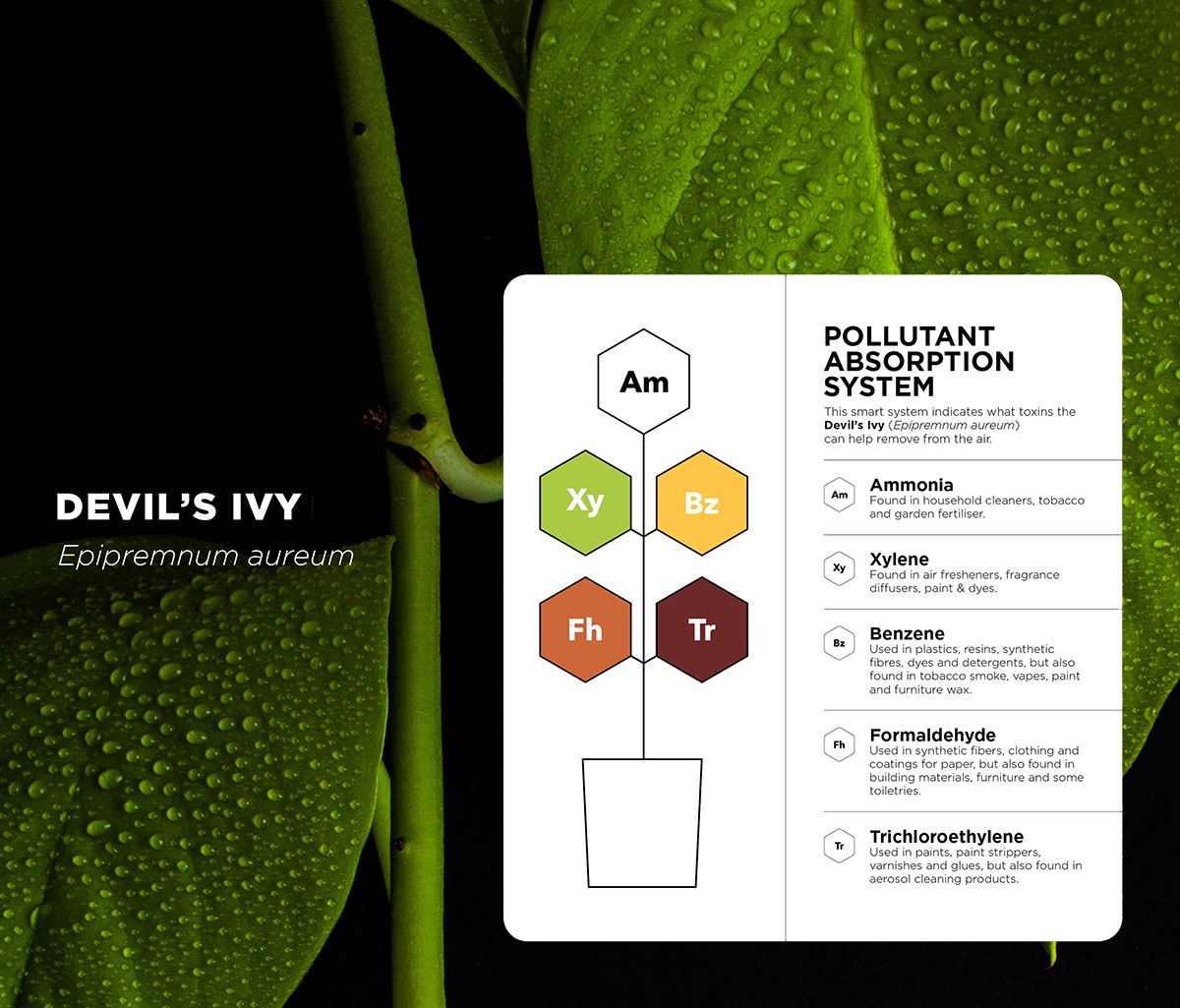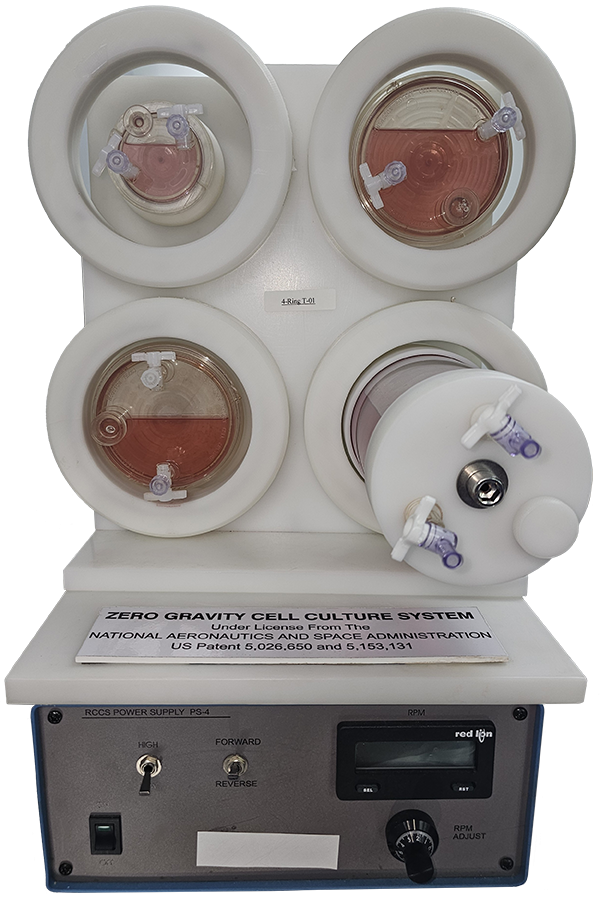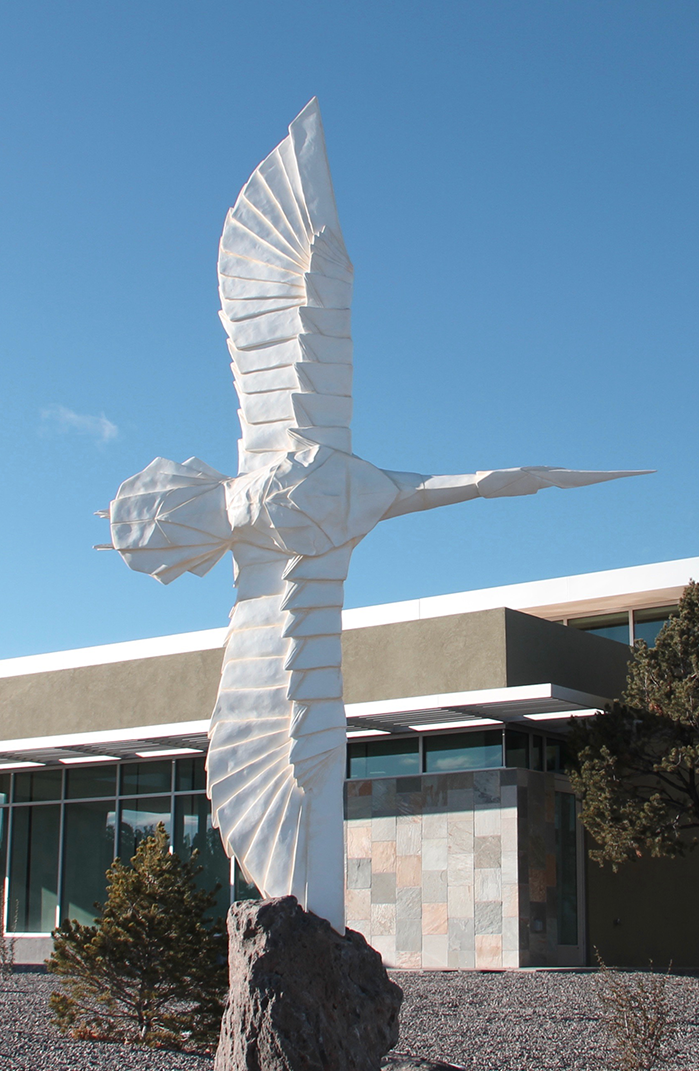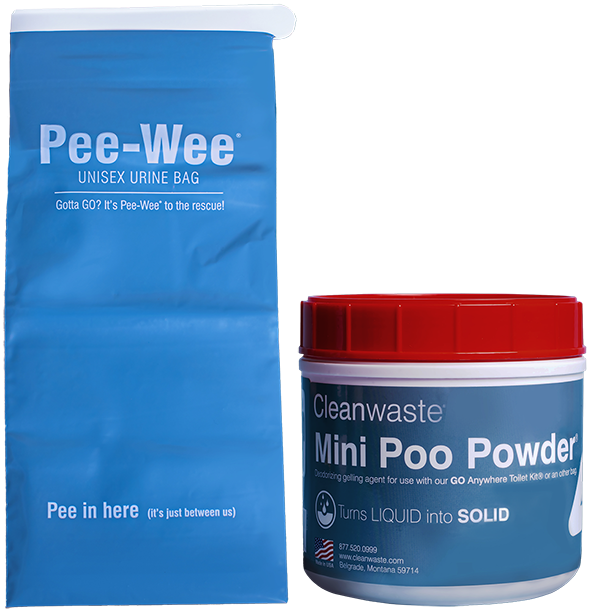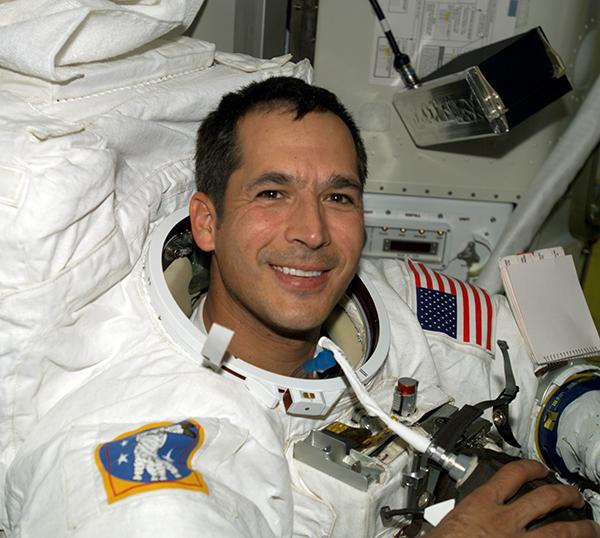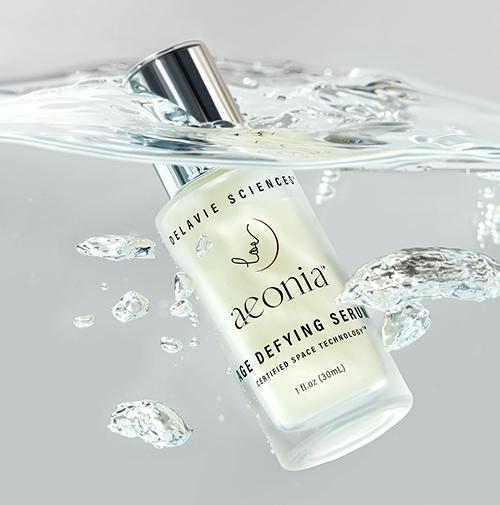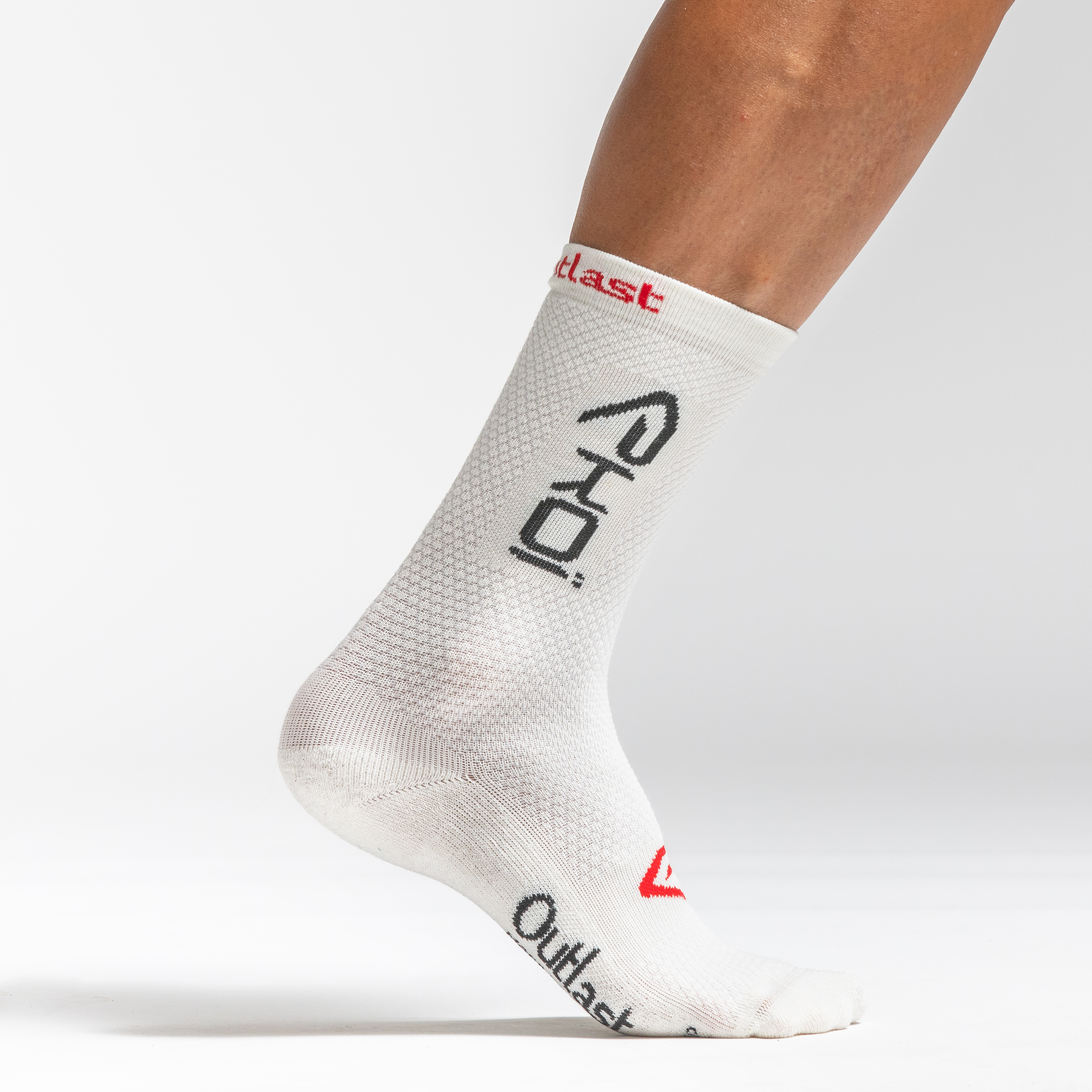
NASA-Derived Textiles Go on Tour
Bicycle racing is one of the most physically intense sports, requiring athletes to maintain a constant speed while riding for dozens of miles. During particularly long races, through cold rains and summer heat, athletes need gear that will adapt to the different environments they encounter. Now, a company is using a material with NASA origins to ensure these athletes stay comfortable while taking their grand tours.
Phase-change materials use basic properties of matter to maintain a steady temperature. When a substance melts from a solid to a liquid, the material absorbs heat, and when it becomes solid again, it releases that heat. In the 1980s, NASA provided Small Business Innovation Research funding to Triangle Research Corporation to explore how phase-change materials could be incorporated into textiles to control temperatures in spacesuit gloves. By placing phase-change materials in small capsules woven throughout a textile, these temperature-regulating properties can be tuned to the comfort of the human body. While these textiles weren’t incorporated into any gloves flown on NASA missions, they formed the basis for a new product, sold under the name Outlast.
Outlast has since become one of the most widely distributed temperature-regulating fabrics, found in products such as bedding, loungewear, and office chairs (Spinoff 2021, 2022, 2024, and more). It has seen especially extensive use in activewear, ranging from jogging clothes to professional sports gear.
Founded in 2001 and based in Fréjus, France, the company Ekoï makes clothing and accessories for cyclists, particularly those who bike competitively. The company sponsors athletes and uses their feedback to tailor products to their needs.
“We started sponsoring because our DNA is that we develop the product with pro athletes and then we sell it directly to the customers on the website,” said Sylvain Georges, U.S. export manager for Ekoï.
The company first encountered Outlast at the Performance Days fabric trade fair in Munich and was impressed with its capabilities, as well as its NASA heritage.
“We were there to meet different suppliers for fabric technologies. We saw their booth and there was a big astronaut displayed there,” said Celine Milan, director of textiles at Ekoï. “It was pretty clear that it was interesting for NASA, so we thought it would be interesting for us.”
Officially launched in July 2022 during the Tour de France, Ekoï’s Outlast line is worn by the Israel-Premier Tech and Arkéa–B&B Hotels racing teams. Over the course of that race, the company found it improved cyclists’ performance in the event’s mountain stages, where elevation changes mean wide swings in temperature. It also improved athletes’ aerodynamics, as their jerseys could stay closed in warmer environments, rather than opening them to let in wind.
Today, Ekoï sells 12 products that incorporate Outlast materials, including jerseys, gloves, and socks. The company plans to expand the product line soon, with a helmet featuring Outlast padding. While Ekoï primarily sells in Europe, it has international reach, and the product’s NASA heritage makes it appealing to athletes.
“When you say NASA, it's always impressive.” Milan said. “At the beginning we were even saying here in our offices, ‘Wow, this technology was funded by NASA.’ It's not some technology used by anyone, it's on another level.”
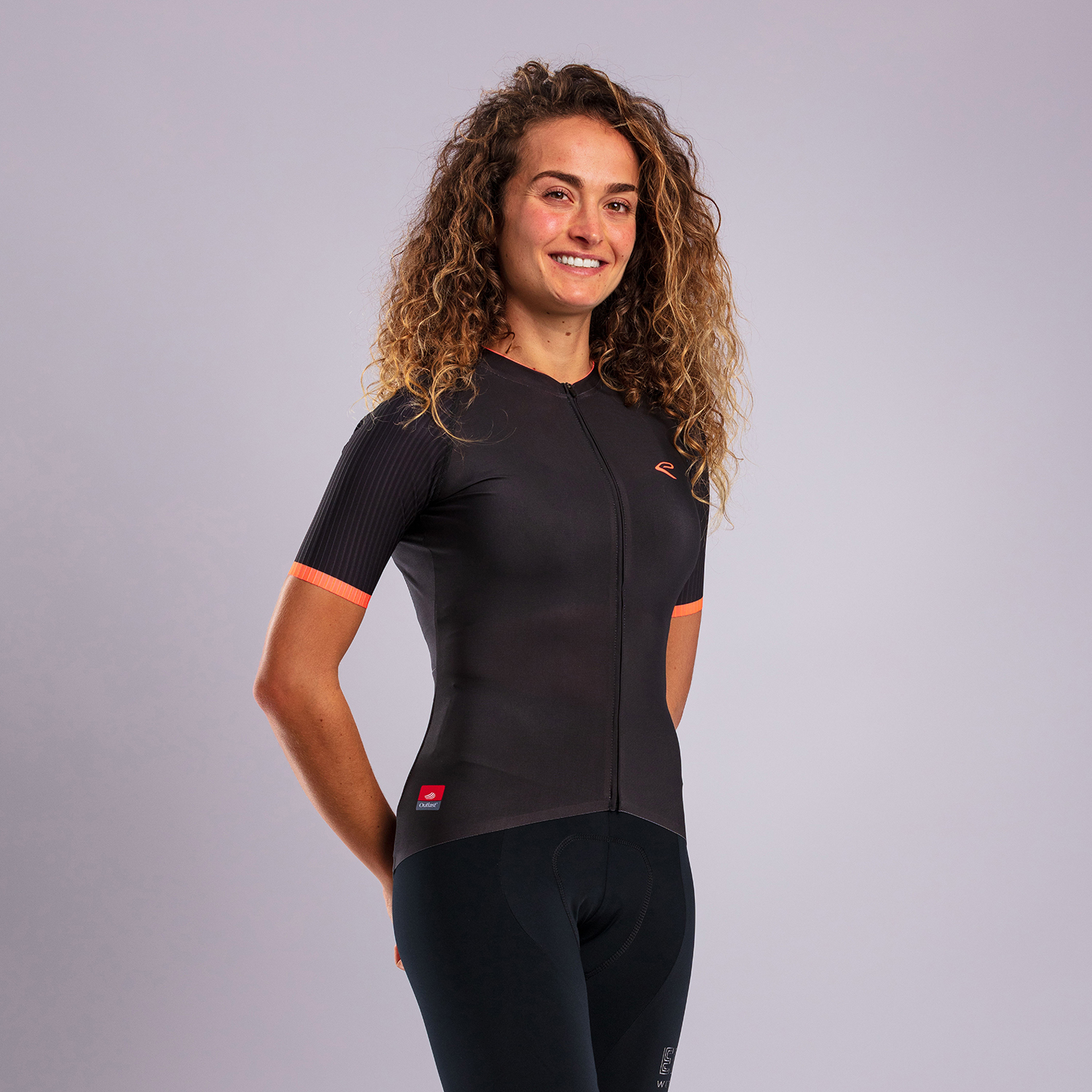
This woman is wearing an Ekoï jersey made from Outlast. The phase-change materials incorporated into the fabric help the wearer stay comfortable in any temperature. Credit: Ekoï
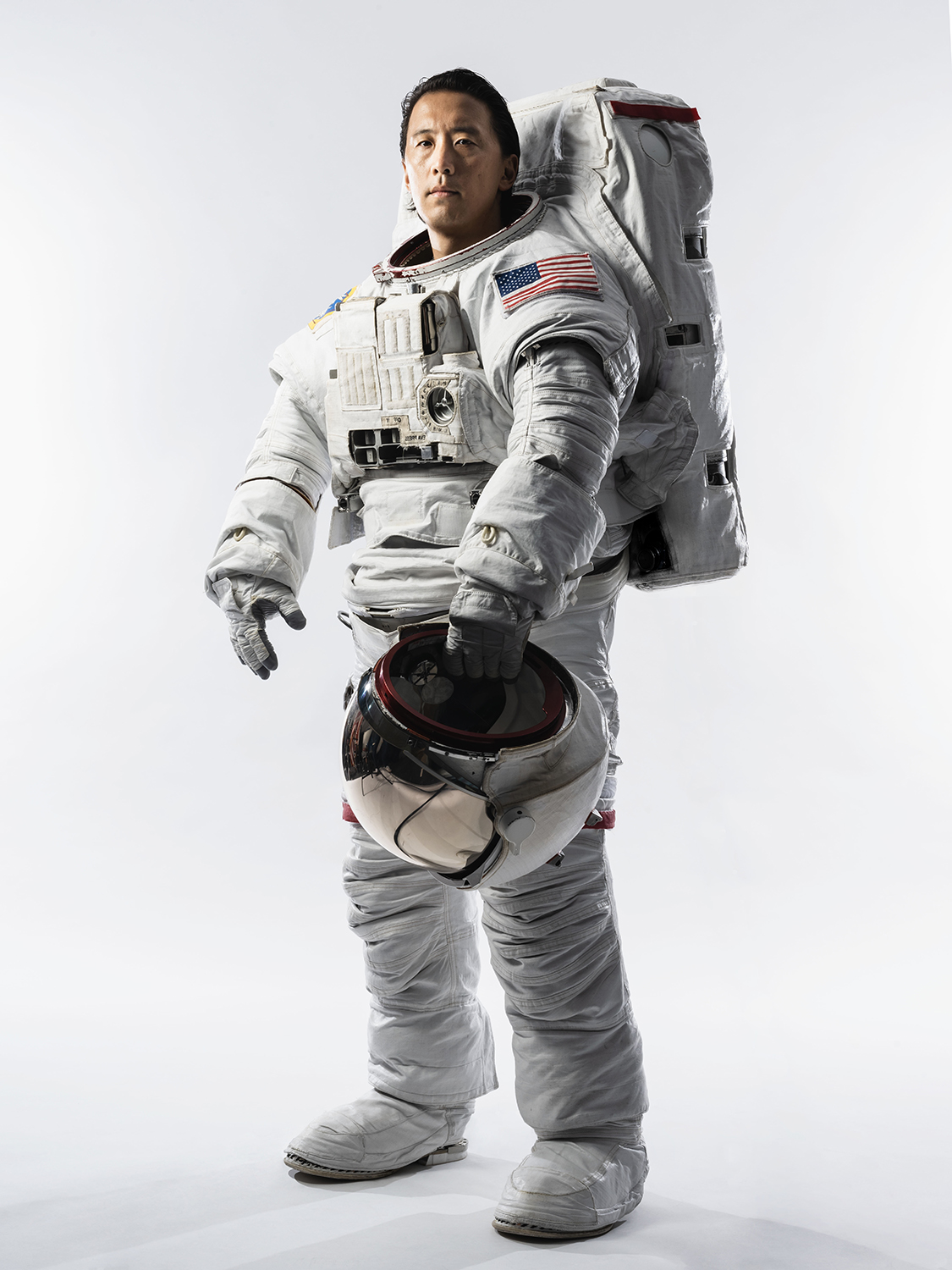
Astronaut Jonny Kim wearing an Extravehicular Mobility Unit spacesuit. Looking to improve existing spacesuit temperature controls, NASA funded research into phase-change materials, resulting in the textile that would be later commercialized as Outlast. Credit: NASA

Ekoï makes all sorts of clothing for active cyclists, including products made with Outlast – a material developed with NASA’s assistance. Credit: Ekoï




